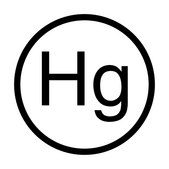Select a Size
About This Item
form
liquid
manufacturer/tradename
Upstate®
technique(s)
affinity chromatography: suitable
immunoprecipitation (IP): suitable
western blot: suitable
shipped in
wet ice
General description
Recombinant Protein A covalently coupled to highly cross-linked 6% agarose beads.
Binding capacity: 40mg human IgG/ml agarose
Application
Physical form
Analysis Note
Legal Information
Disclaimer

Storage Class Code
10 - Combustible liquids
WGK
WGK 1
Certificates of Analysis (COA)
Search for Certificates of Analysis (COA) by entering the products Lot/Batch Number. Lot and Batch Numbers can be found on a product’s label following the words ‘Lot’ or ‘Batch’.
Already Own This Product?
Find documentation for the products that you have recently purchased in the Document Library.
Related Content
Protein Blotting Survival Handbook: Tips and Tricks
Western blotting is one of the most commonly used techniques in the lab, yet difficulties persist in obtaining consistent, quality results. We’ve been helping scientists publish their Western blots for decades, with continued innovation and steadfast technical support. Explore our expanded portfolio of products, including optimized reagents for chemiluminescent and Ḁuorescent Westerns, as well as the SNAP i.d.® system, which reduces blocking, washing and antibody incubation time from hours to minutes.
Our team of scientists has experience in all areas of research including Life Science, Material Science, Chemical Synthesis, Chromatography, Analytical and many others.
Contact Technical Service